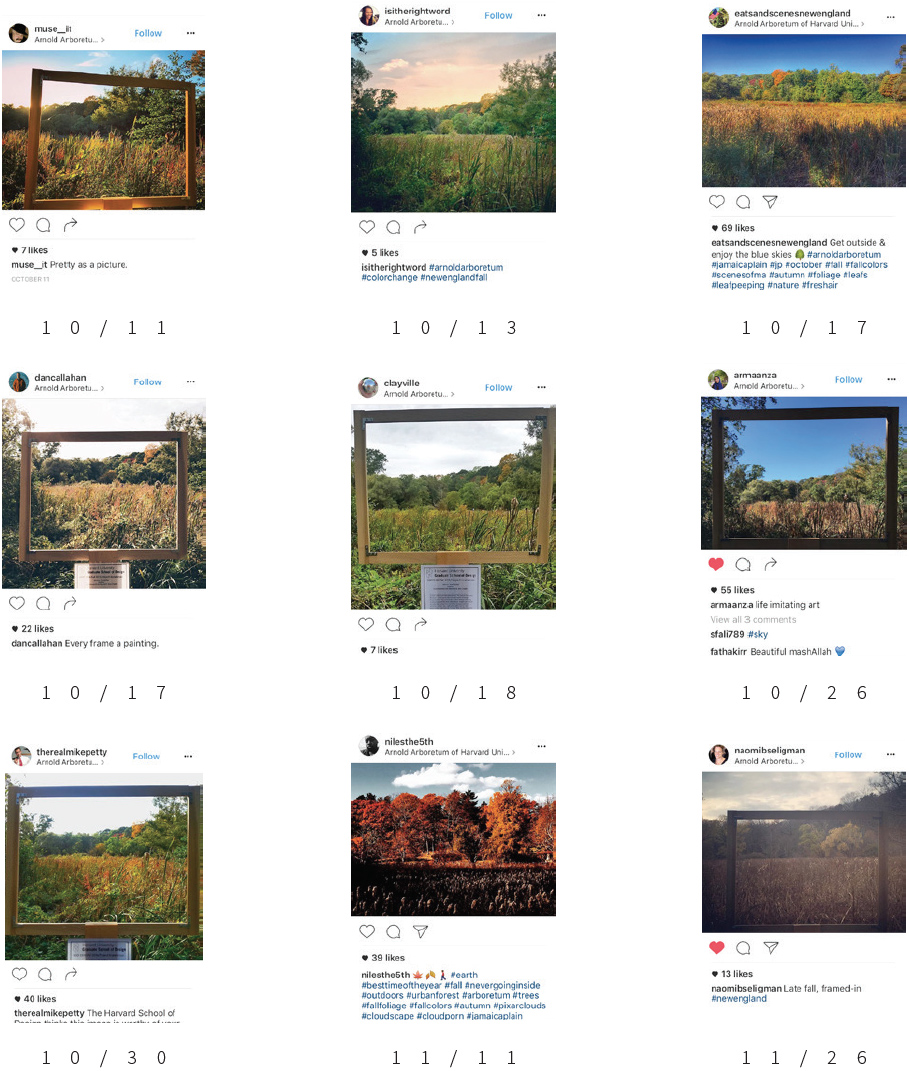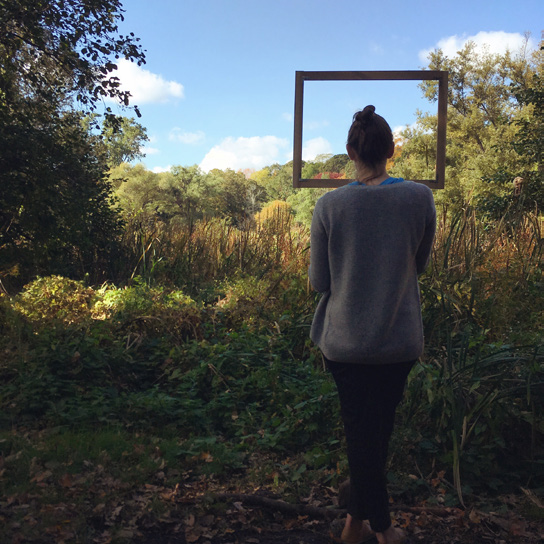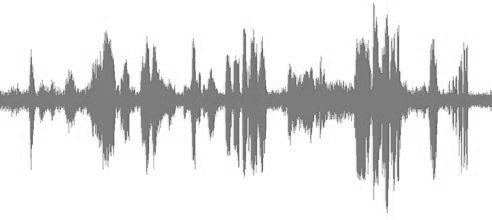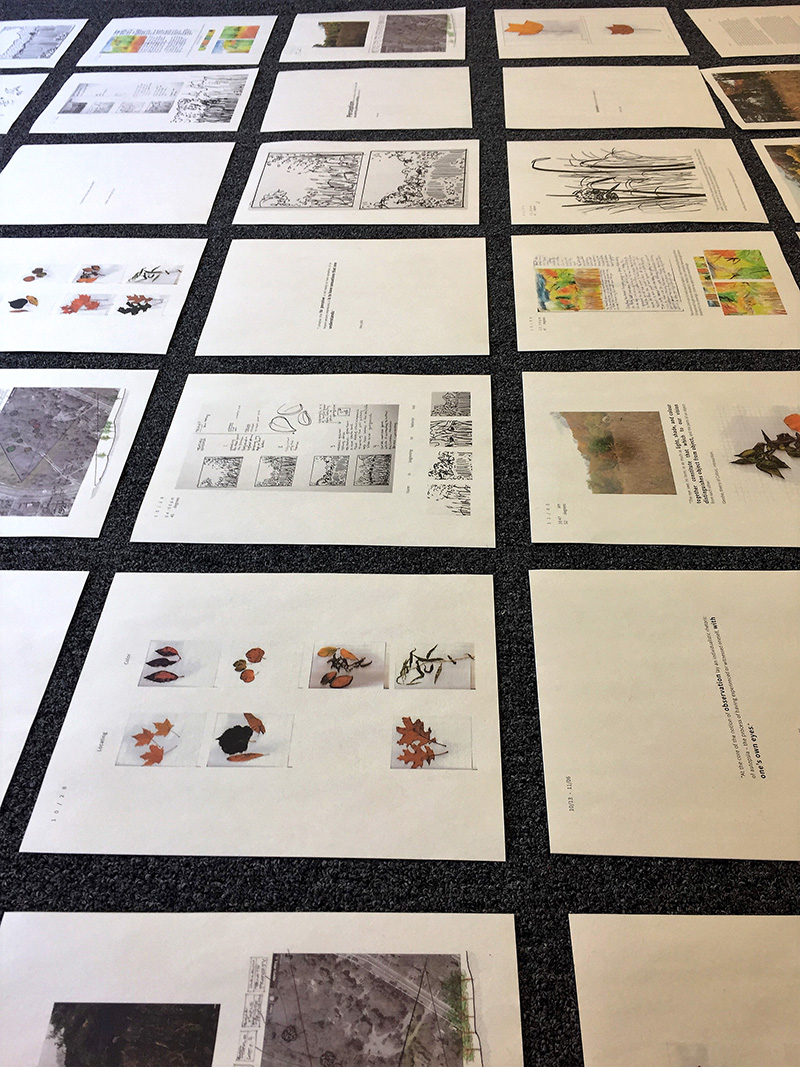Field Methods &
Living Collections
Boston, Massachusetts
Collaboration with Harvard Graduate School of Design and The Arnold Arboretum of Harvard University
MDES Risk and Resilience, Co-taught with Dr. William Friedman
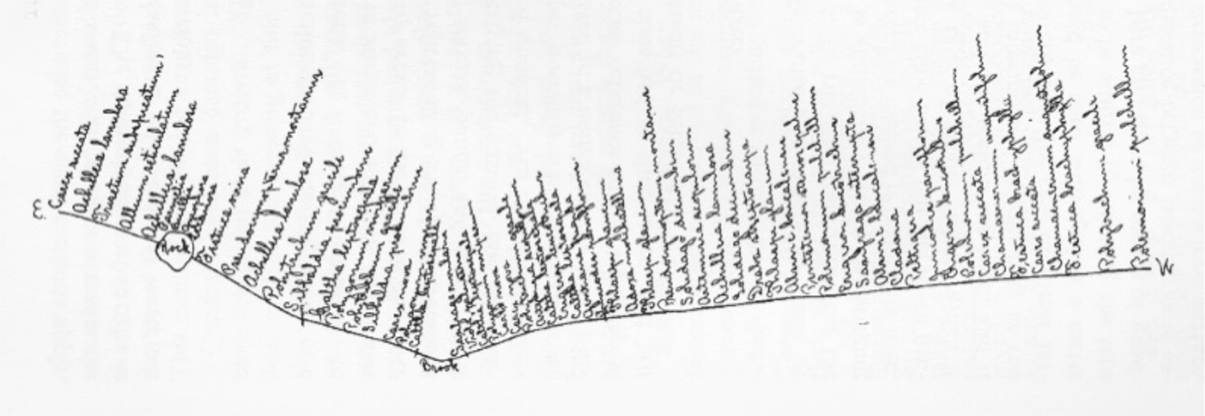
"In seeking to lay the foundation for a broad and thorough system of ecological research, it is necessary to scan the whole field, and to discriminate carefully between what is fundamental and what is merely collateral. The chief task is to discover, if possible, such a guiding principle as will furnish a basis for a permanent and logical superstructure. In ecology, the one relation which is precedent to all others is the one that exists between the habit and the plant. This relation has long been known, but its full value has yet to be appreciated."
Frederic Clements
An approach to the theoretical and practical parameters of site description helps to bridge critical theory and design practice, emphasizing how the living formation reacts to complex influences. As images of the changing planet become emblematic of our time, designers are responding with a scrutiny towards amplified scales and extreme events. This has given rise to a growing interest in the materials or elements of this transformation, and in the particular category of evidence that can only be collected through first hand engagement. All research, from the molecular to the continental requires a scale of study and these scales are most often refined in the field.
Moving between investigation and recording, coursework promotes a better understanding of the tension between the materialization of the landscape and its political or social development. Using Harvard’s Arnold Arboretum as an analogue or proxy to spatial conflict, students will study a transect between the surrounding urban fabric and the living collection, addressing the specific issues that emerge from observational analysis including historical, biological and societal layers. With respect to analysis, the course examines plant evolution, landscape trends, visualization and aims to bridge the discrepancy between geographic data and local fieldwork.
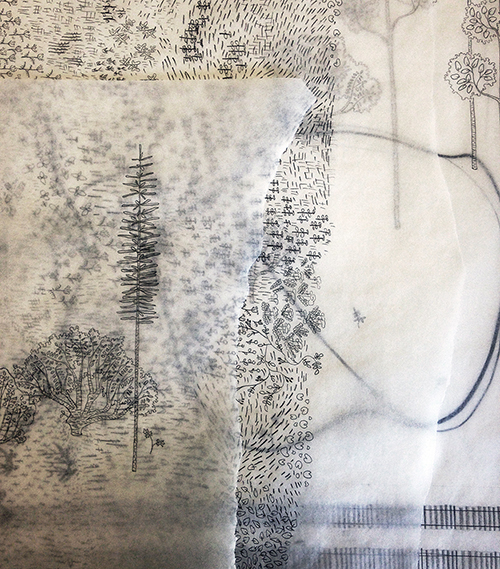
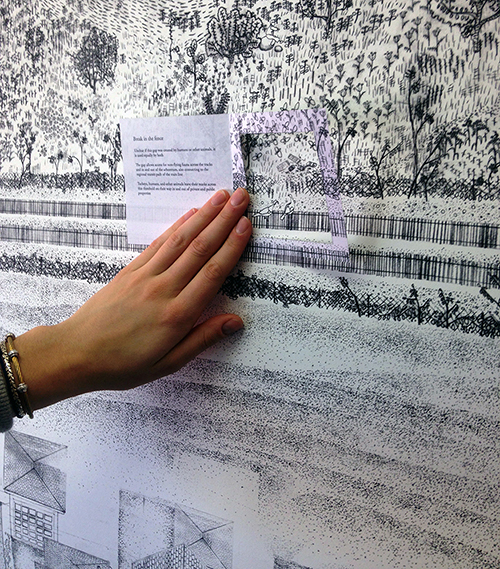
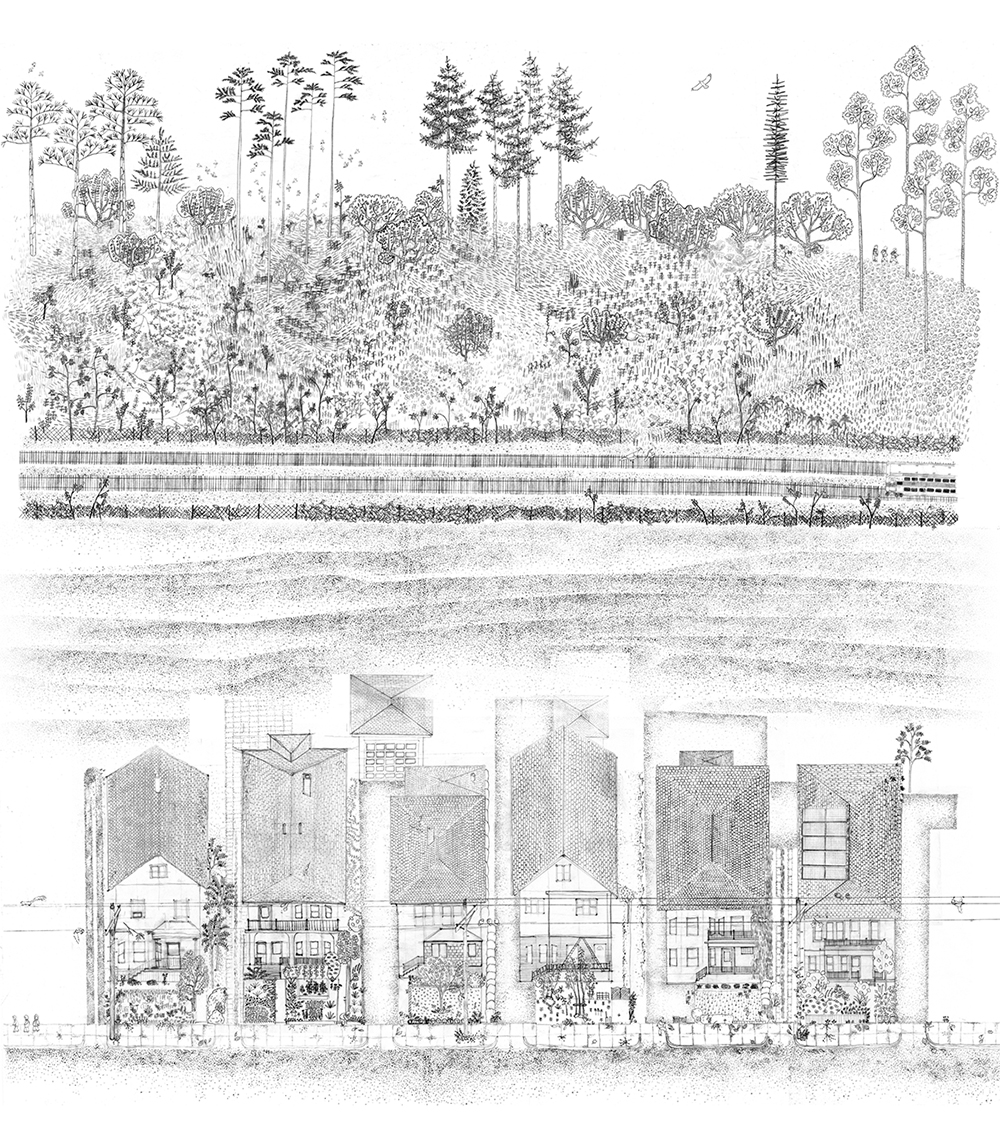
Student work by Sophie Geller, Dana Kash, Mary Miller


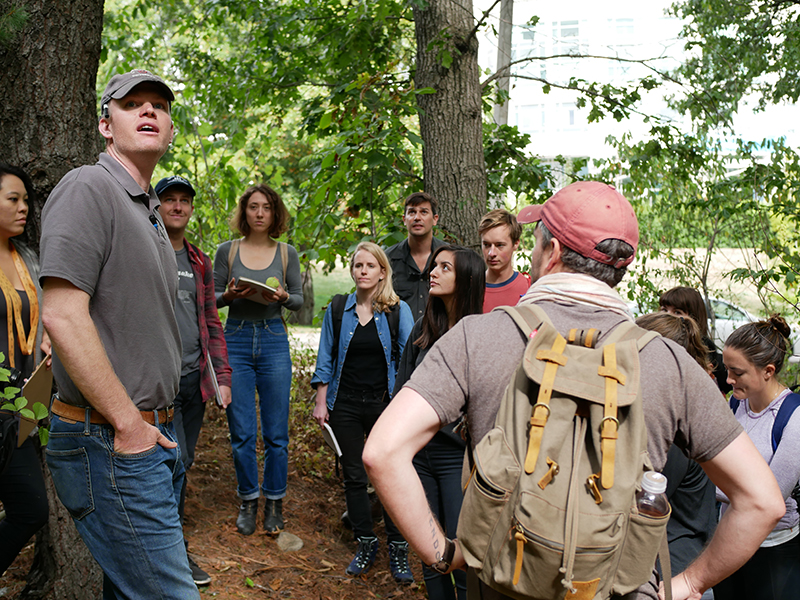
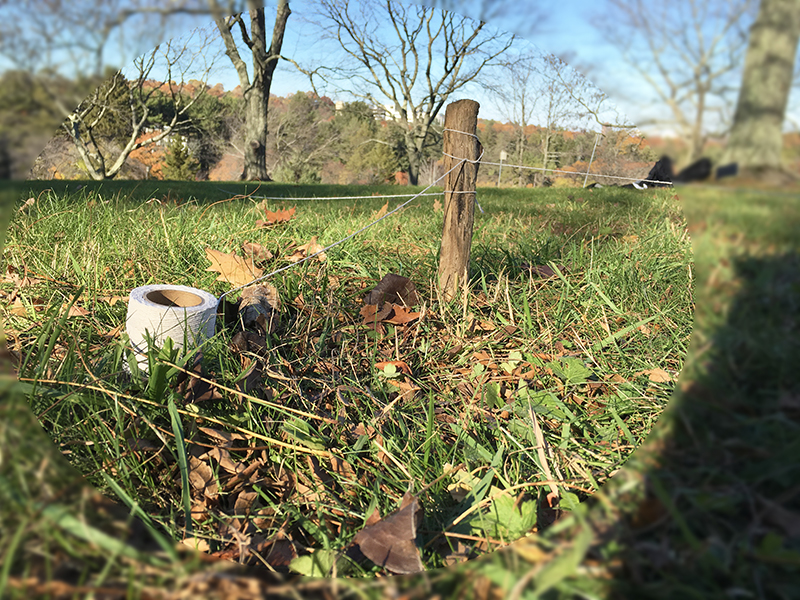
Student work by Joan Chen

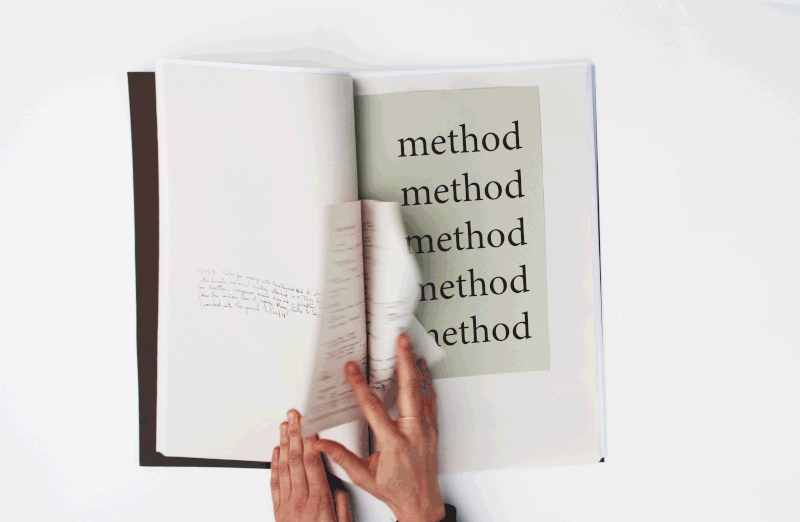
Student work by Inés Benítez, Mariel Collard, Nicolás Delgado
